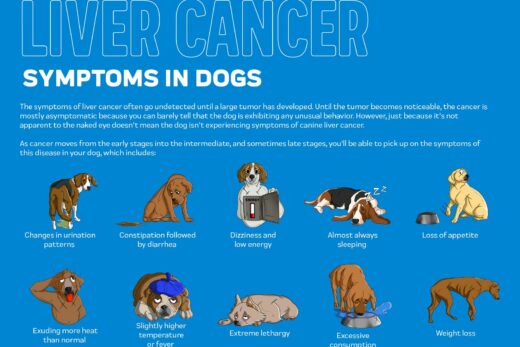Toxoplasmosis is one of the most discussed health concerns facing cats and cat parents. It is important to understand toxoplasmosis because it can be passed from cats to humans, leading to serious health consequences for immunocompromised people or pregnant women. Fortunately, there’s no reason to panic as long as you equip yourself with some basic knowledge and take some precautions. In this article, we’ll give you everything you need to know about toxoplasmosis to keep you and your kitty safe.
Here at tuft + paw, we are cat experts. To write this article, we consulted veterinarian Dr. Megan Teiber and gathered information from respected health authorities, such as the CDC and Companion Animal Parasite Council (CAPC).
What is Toxoplasmosis?
Toxoplasmosis is an infectious disease caused by the single-celled parasite Toxoplasma gondii. This parasite has two types of hosts—definitive and intermediate. Cats are the definitive host where the parasite completes its life cycle and produces eggs. Any other animal (including humans) can be an intermediate host where T. gondii can fulfill other life stages, but cannot sexually reproduce.
T. gondii has three life stages:
- Oocysts — the infectious spores found in cat poop. These “eggs” are extremely hardy and can survive for over a year outside of a host.
- Tachyzoites — the fast-growing life stage that causes the toxoplasmosis disease.
- Bradyzoites — the slow-growing life stage that forms cysts in its host’s tissue. These cysts remain in the host for life and usually lay dormant with few, if any, negative effects. Only found in mammals and birds.
T. gondii is found worldwide and holds the lofty title of being one of the most successful parasites on earth. The CDC suggests that 40 million people may be infected in the US alone—11% of the population! In developing countries that percentage can be even higher. The vast majority of infected people live with no symptoms.

Cats & Toxoplasmosis
Toxoplasmosis is far more likely to infect outdoor cats than indoor cats. There are two main ways that outdoor cats can become infected with T. gondii: 1) eating infected prey or 2) coming into contact with infected cat feces, often in outdoor sandboxes or soil beds. Indoor cats are unlikely to become infected as long as they are fed a commercial food diet. Being fed a raw diet increases the risk of an indoor cat contracting T. gondii through eating infected meat (usually pork, lamb, or venison).
Once infected, a cat will shed oocysts in their poop for 1-3 weeks. These oocysts take 1-5 days to become infectious, so scooping solid waste out of the litter box everyday significantly reduces the infection risk for your household. Shedding oocysts does not cause any illness in cats. Clinically ill cats with toxoplasmosis are usually immunocompromised, often from feline leukaemia virus (FeLV) or feline immundeficiency virus (FIV), and have vague symptoms such as fever and loss of appetite.
Veterinarian Dr. Megan Teiber had this to say about how toxoplasmosis is diagnosed and treated at the vet:
“Toxoplasmosis is not a very common problem to see in the vet clinic, because most cats do not show any symptoms. When cats do get sick, it is usually due to migration through the tissues during the tachyzoite stage of the disease. Symptoms depend on which body organs are affected and are often not very specific to toxo (fever, lethargy, inappetance, etc). Some cats will exhibit neurological signs such as seizures, discoordination, or abnormal behavior. You can also see jaundice and liver enzyme abnormalities if it is in the liver. If we see these signs and have ruled out other more common causes, we can run a toxo antibody test to aid in the diagnosis. The tests are not always straight-forward, so sometimes if we aren’t entirely sure, we will empirically treat with clindamycin to see if the symptoms resolve.”





